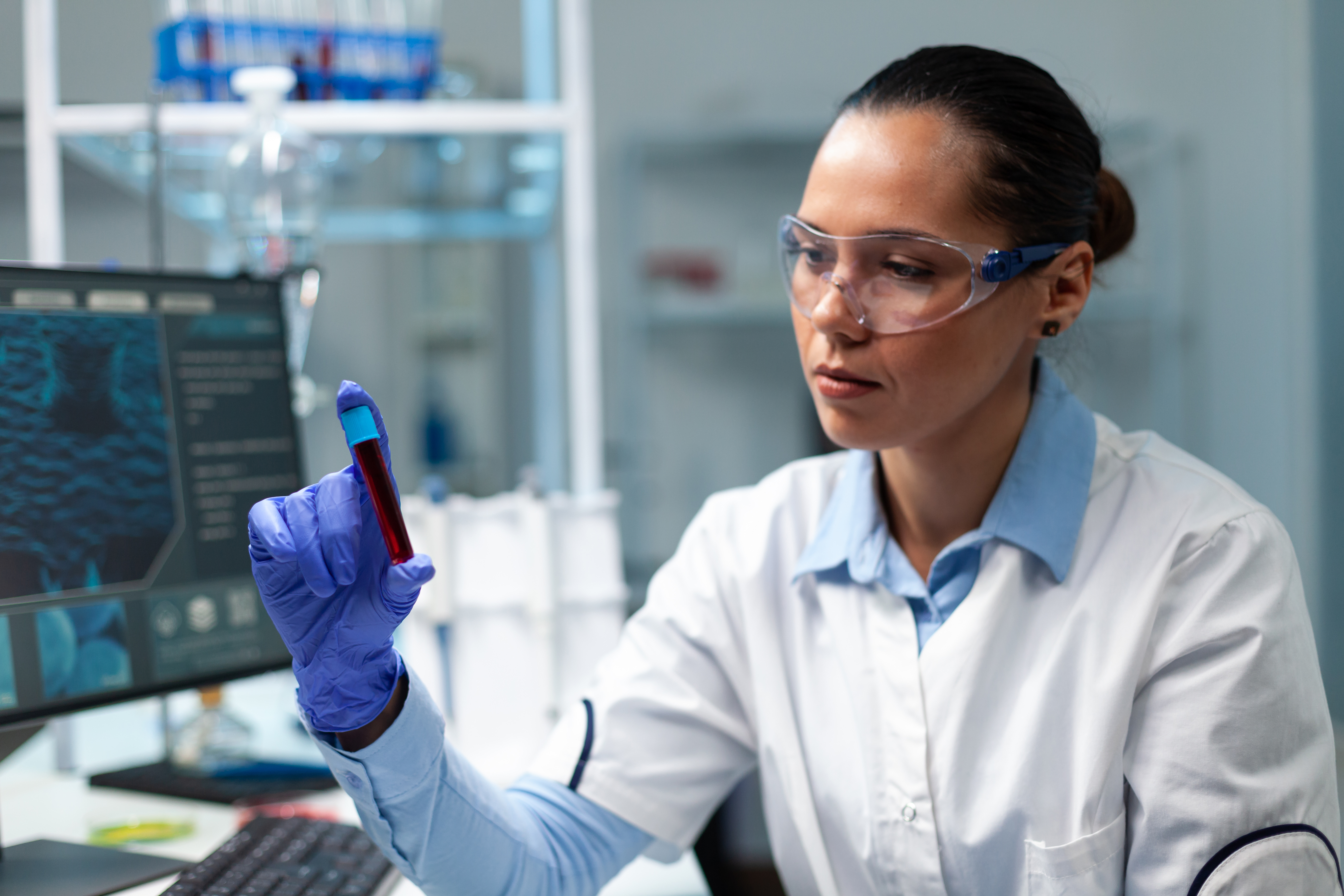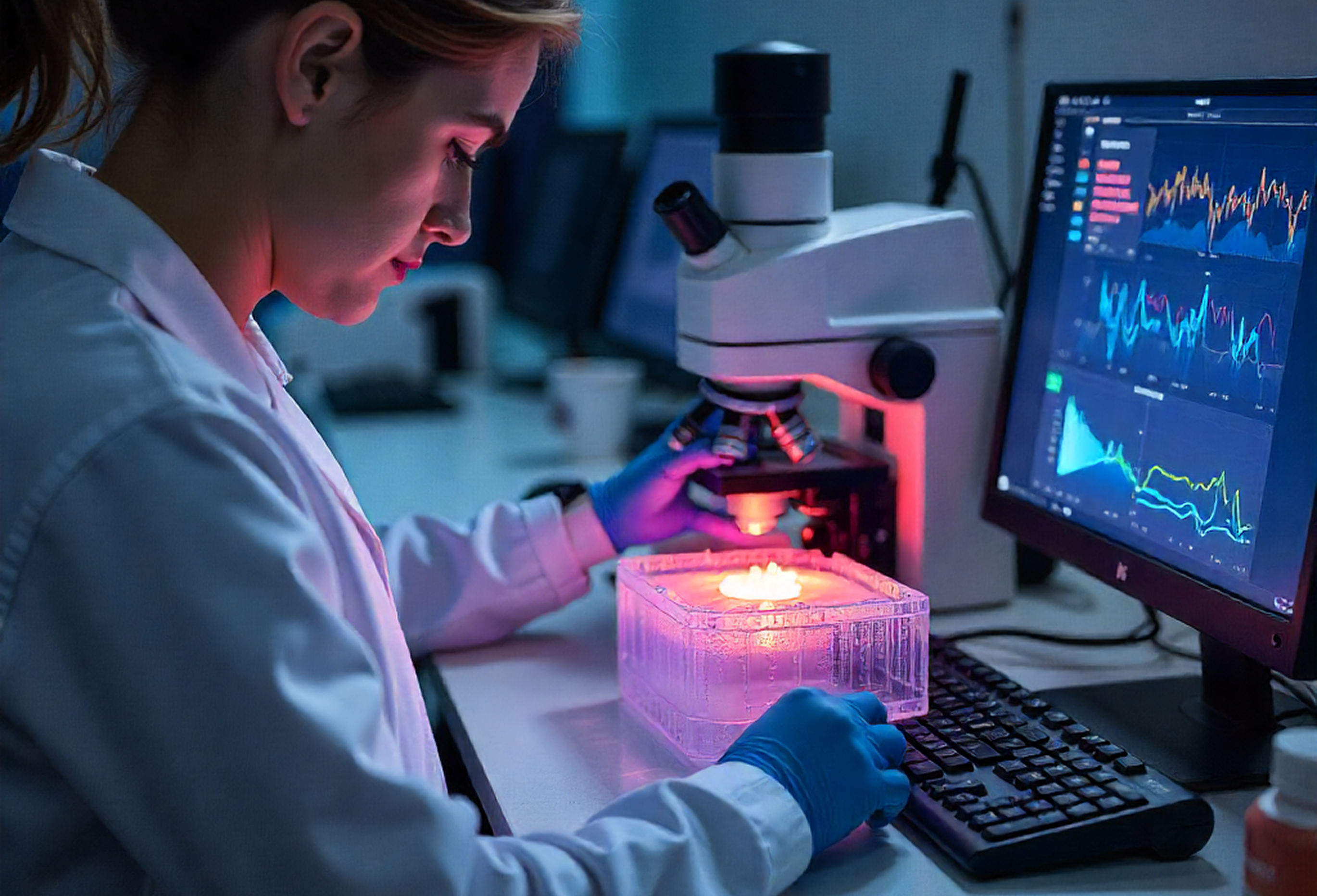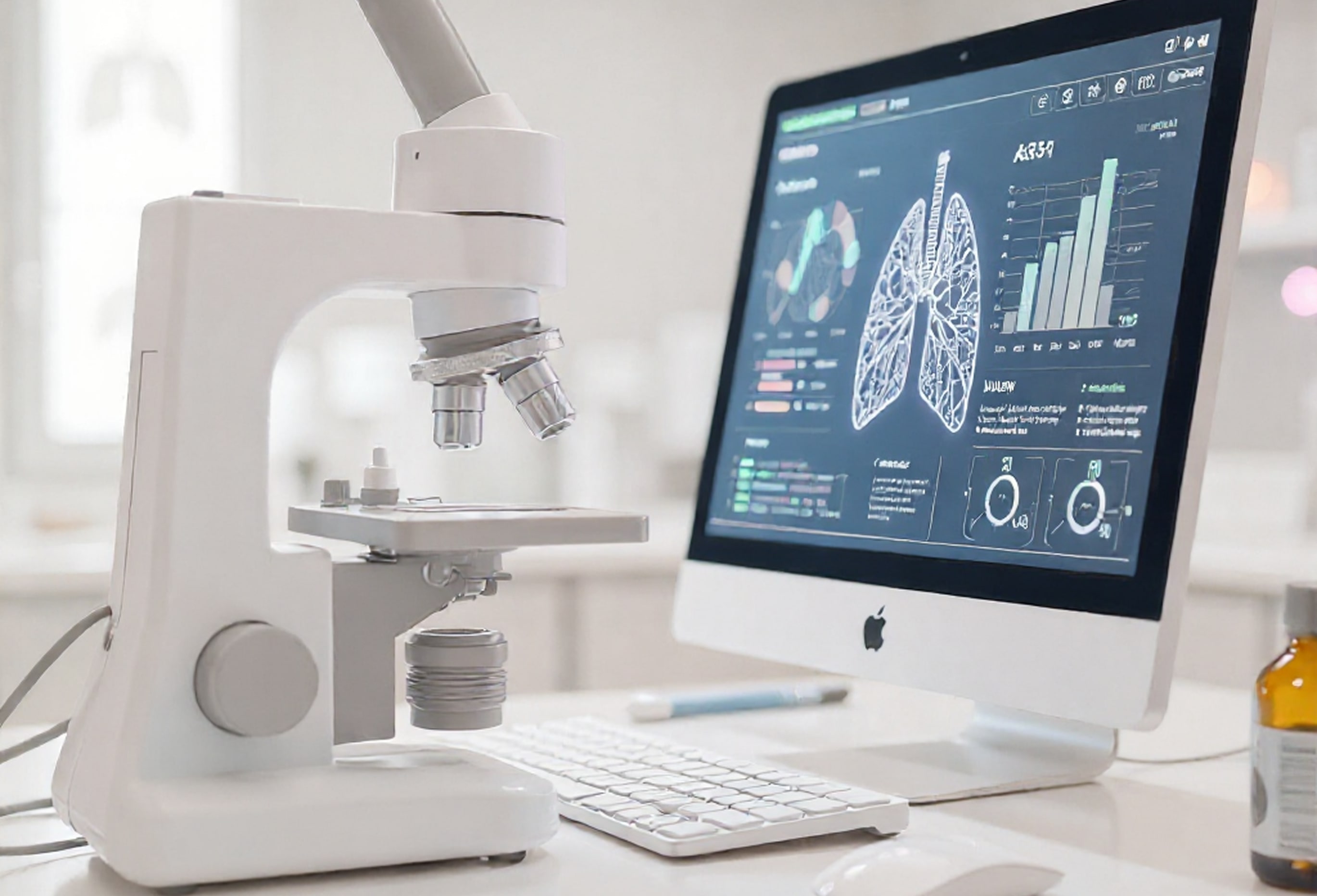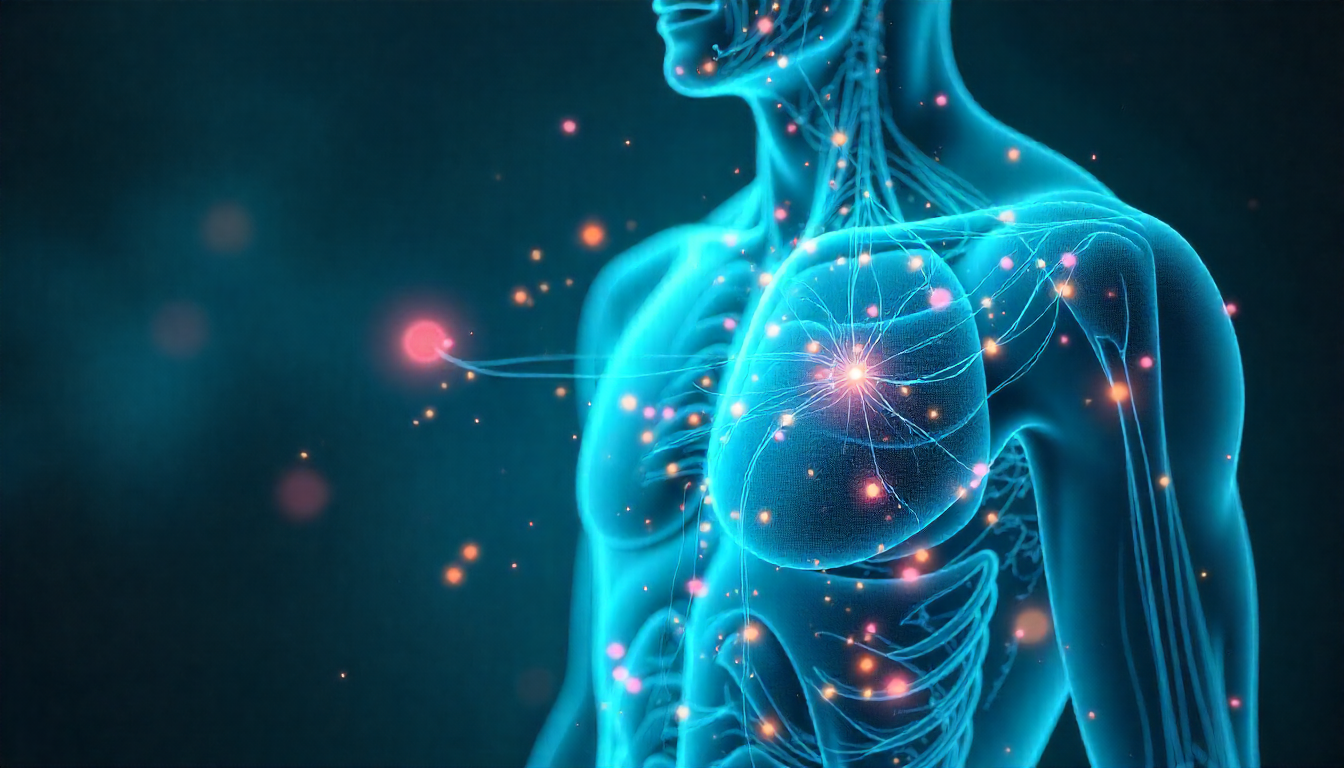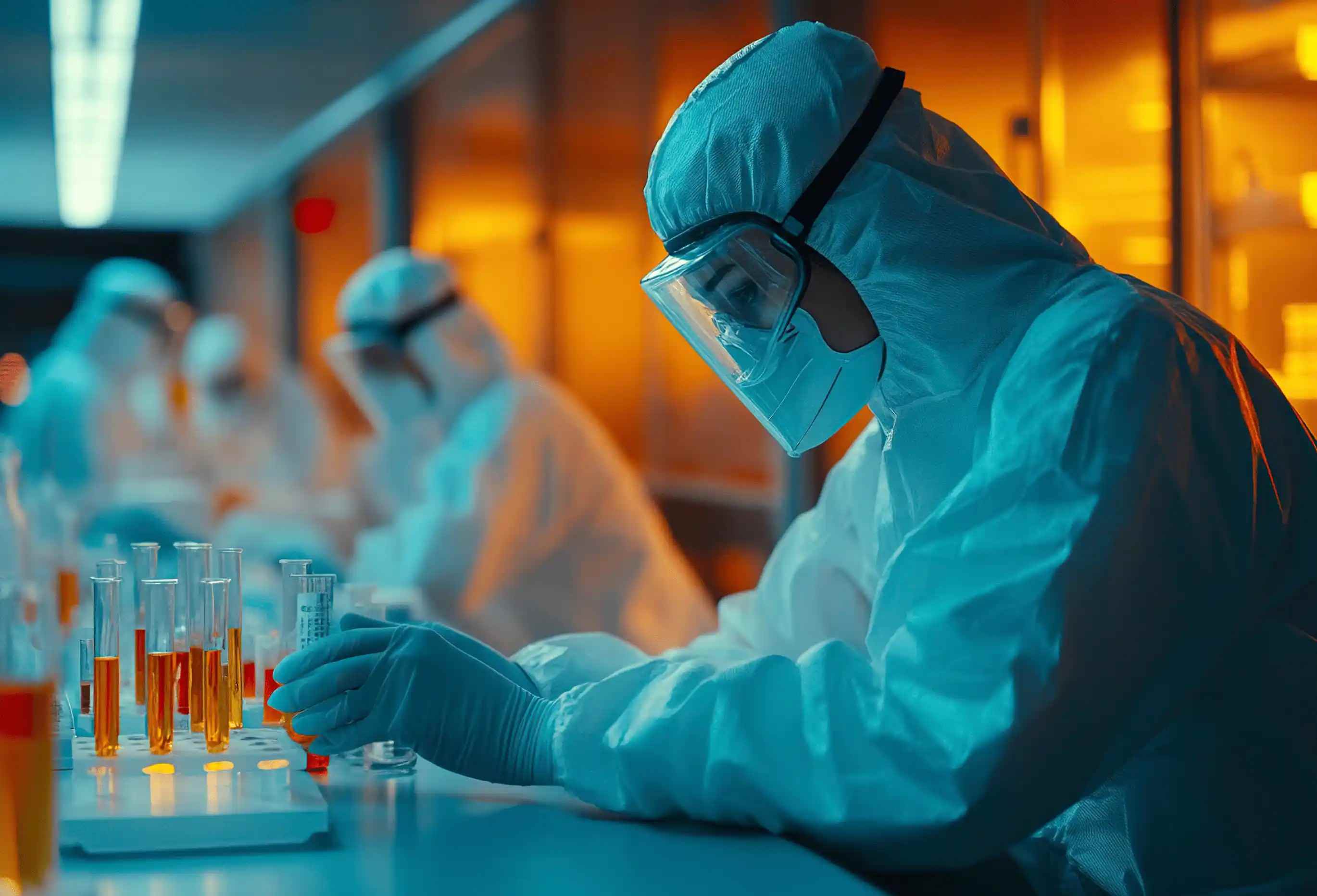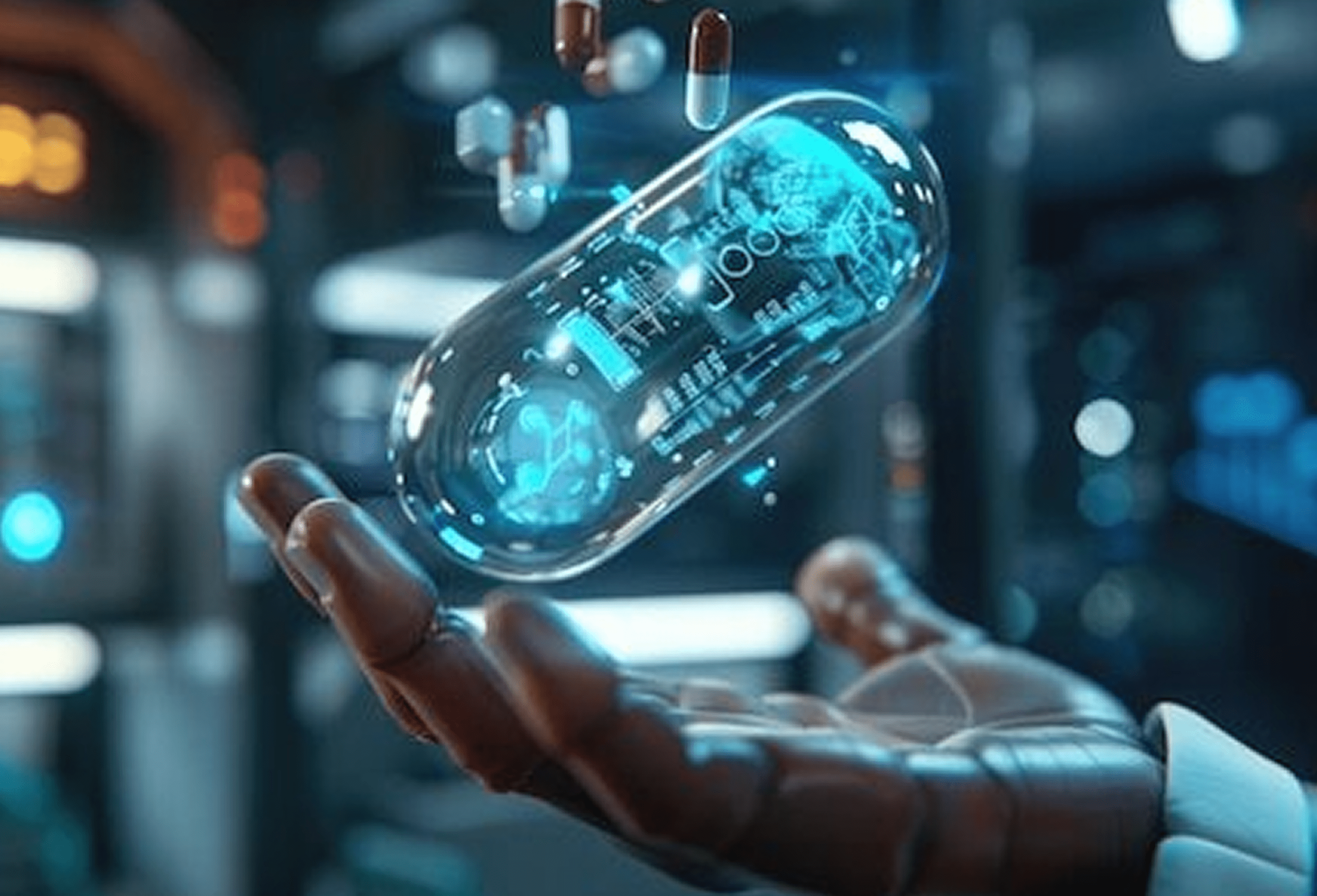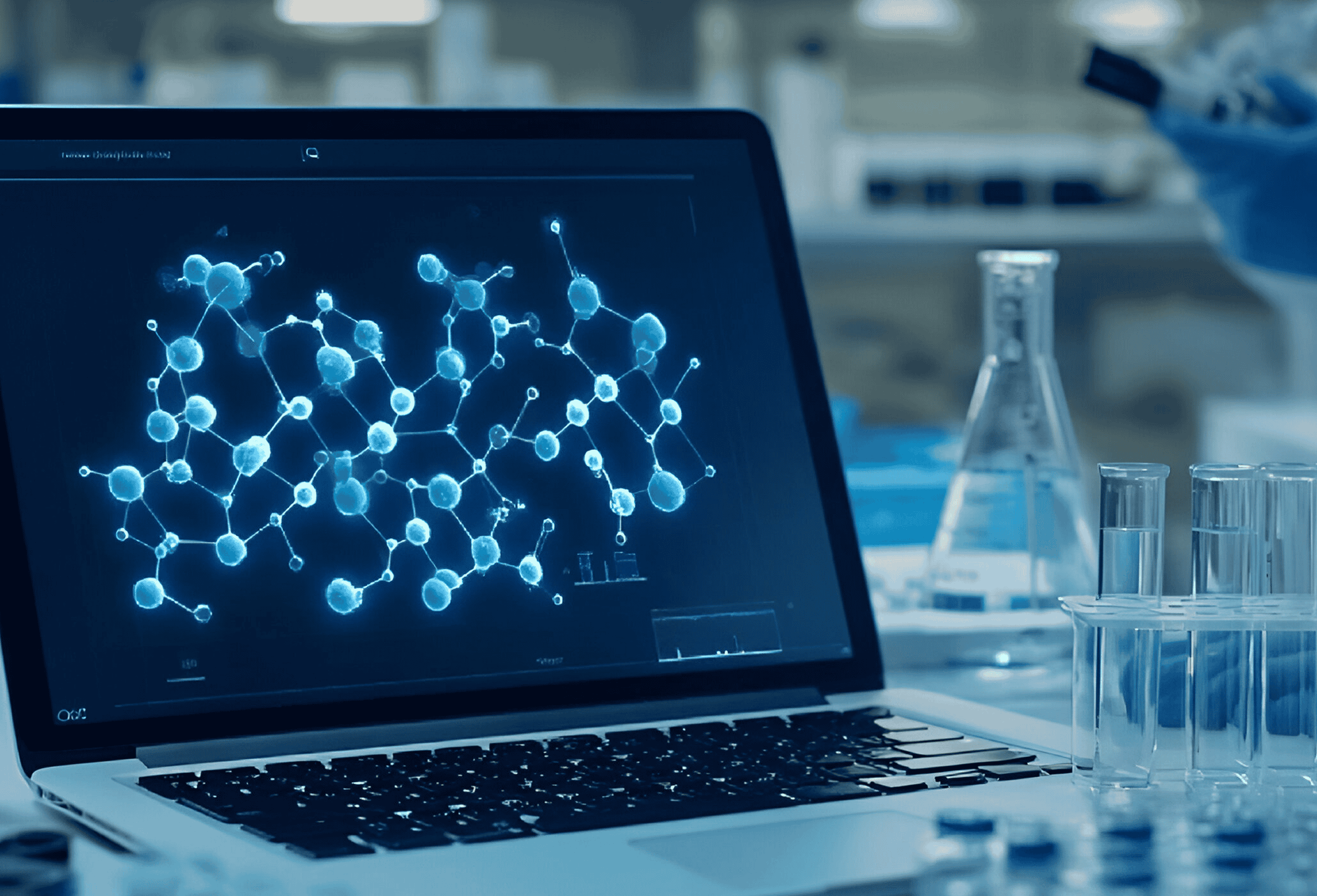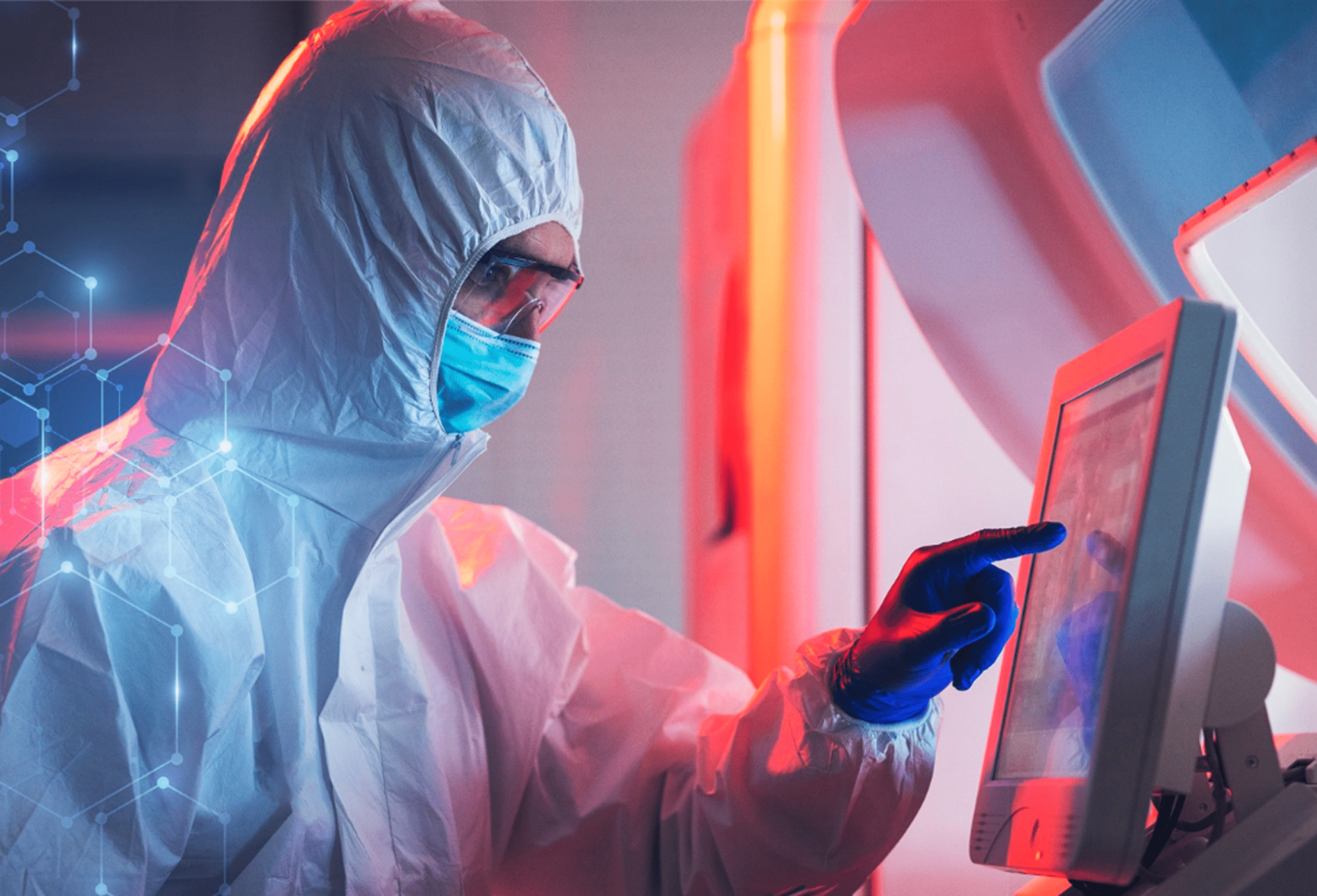
Molecular docking simulations are a cornerstone of modern drug discovery, providing insights into how a drug molecule interacts with a disease-causing target protein. This computational method predicts the optimal orientation and binding affinity of small molecules within the active site of target proteins, thereby streamlining the identification of promising drug candidates.
As the complexity of disease mechanisms grows, the pharmaceutical industry is turning to Artificial Intelligence (AI) to enhance molecular docking capabilities. By integrating AI, researchers can achieve higher precision, process larger datasets, and accelerate timelines that once spanned years. This shift is improving accuracy in drug design and redefining the boundaries of what’s possible in biomedical innovation.
AI’s Role in Enhancing Molecular Docking
1. Improved Binding Predictions
A critical goal of molecular docking is to determine how strongly and precisely a drug molecule binds to its target protein. Traditional methods, while effective, rely heavily on pre-defined scoring functions and can be limited in accuracy. AI-enhanced molecular docking uses deep learning models to analyze large datasets of known protein-ligand interactions, significantly improving prediction accuracy.
For instance, advanced models trained on structural and biochemical data can predict binding affinities with greater confidence, helping scientists prioritize compounds more likely to succeed in clinical development.
2. Accelerated Drug Discovery Timelines
Traditional drug discovery involves time-intensive cycles of synthesis, testing, and optimization. AI speeds up these processes by automating target identification, lead generation, and compound screening. What once took years can now be achieved in months. AI algorithms rapidly process molecular libraries to identify potential candidates, dramatically reducing the trial-and-error approach.
3. Molecular Simulation and Drug Design
Molecular simulations allow researchers to model the dynamic behavior of drug molecules and proteins at the atomic level. AI enhances these simulations by predicting molecular motions, solvent effects, and conformational changes more efficiently. This integration enables the design of molecules with better pharmacological properties, ultimately leading to more effective and safer drugs.
Understanding Morgan Fingerprints
Morgan fingerprints are a widely used method in computational chemistry for representing molecular structures. These are circular fingerprints that encode the presence of atom neighborhoods within a molecule, enabling rapid comparison of molecular similarities.
In drug discovery, Morgan fingerprints are crucial for identifying compounds with similar bioactivity, aiding in lead optimization and virtual screening. By using this method, AI models can quickly identify structurally similar molecules and suggest novel candidates with potential therapeutic relevance.
AI-Driven Drug Repurposing
Drug repurposing—the process of finding new uses for existing drugs—has gained momentum in recent years. AI-enhanced molecular docking plays a pivotal role here by screening approved drugs against new targets. This is especially valuable in urgent health scenarios like pandemics, where repurposing can offer faster therapeutic solutions than developing new drugs from scratch.
Through AI models, researchers can simulate the interaction between known drugs and various disease-related proteins, uncovering hidden potentials and expanding the utility of existing medications.
SMAG-AI: Advancing the Frontier of AI in Drug Discovery
One of the pioneering platforms driving innovation in this field is SMAG-AI. Specializing in AI-enhanced molecular docking, SMAG-AI integrates sophisticated algorithms and state-of-the-art technologies to streamline the drug discovery pipeline.
Key Offerings of SMAG-AI Include:
- AI-Driven Molecular Generation with Graph Transformers: SMAG-AI employs graph-based deep learning to generate novel molecular structures. Their model boasts 100% validity and 98% uniqueness, ensuring that generated molecules are both chemically feasible and diverse.
- QSAR Modeling: Quantitative Structure-Activity Relationship models are used to predict the biological activity of compounds based on their chemical structure. SMAG-AI’s QSAR models offer data-driven insights that guide compound selection and optimization.
- Toxicity Prediction: Using AI, the platform predicts potential toxicological effects of compounds early in the pipeline, reducing risks and improving safety profiles.
- Retrosynthesis Prediction: This tool identifies the most efficient synthetic pathways for a given molecule, supporting cost-effective and practical drug manufacturing.
SMAG-AI’s comprehensive suite enables pharmaceutical companies and research institutions to de-risk development processes while accelerating time-to-market.
Key Facts to Know
- AlphaFold 3, developed by DeepMind, can predict protein structures with near-experimental accuracy, revolutionizing target identification in drug design.
- Morgan fingerprints are a standard representation tool in computational chemistry, allowing efficient molecular similarity searches.
- AI-enhanced molecular docking significantly cuts down the time and financial investment required for traditional drug discovery.
- Drug repurposing, powered by AI, helps rapidly identify alternative uses for existing drugs, expanding their therapeutic impact.
- SMAG-AI’s molecule generation model achieves industry-leading performance, ensuring high-quality candidates for further development.
Conclusion
The integration of AI into molecular docking has marked a paradigm shift in the way drugs are discovered and developed. By improving accuracy, accelerating timelines, and uncovering new opportunities through repurposing and molecular simulation, AI is enabling a new era of precision medicine.
Platforms like SMAG-AI exemplify the potential of AI-enhanced molecular docking, delivering cutting-edge tools that empower researchers to solve complex biological challenges with unprecedented speed and efficiency. As healthcare continues to evolve, AI will remain at the forefront, driving breakthroughs that improve outcomes and save lives.

